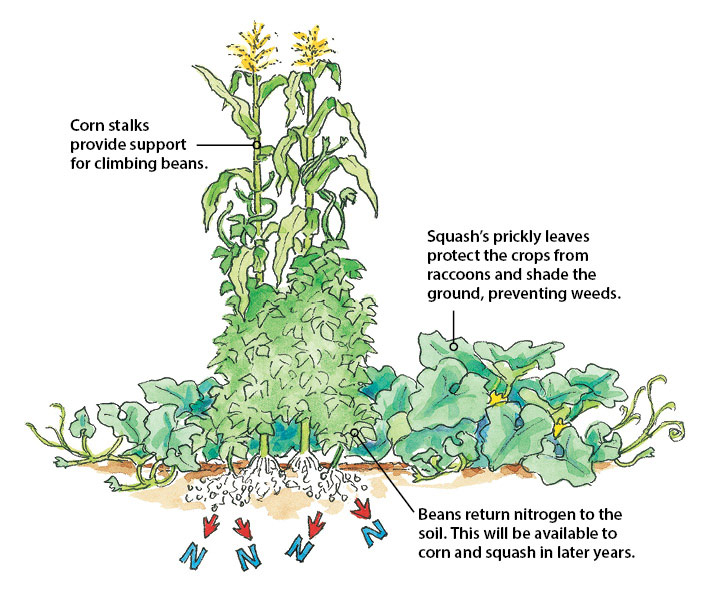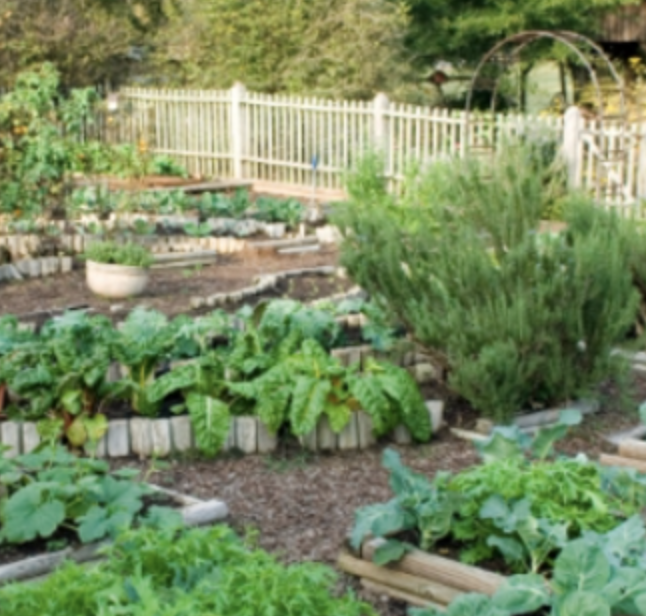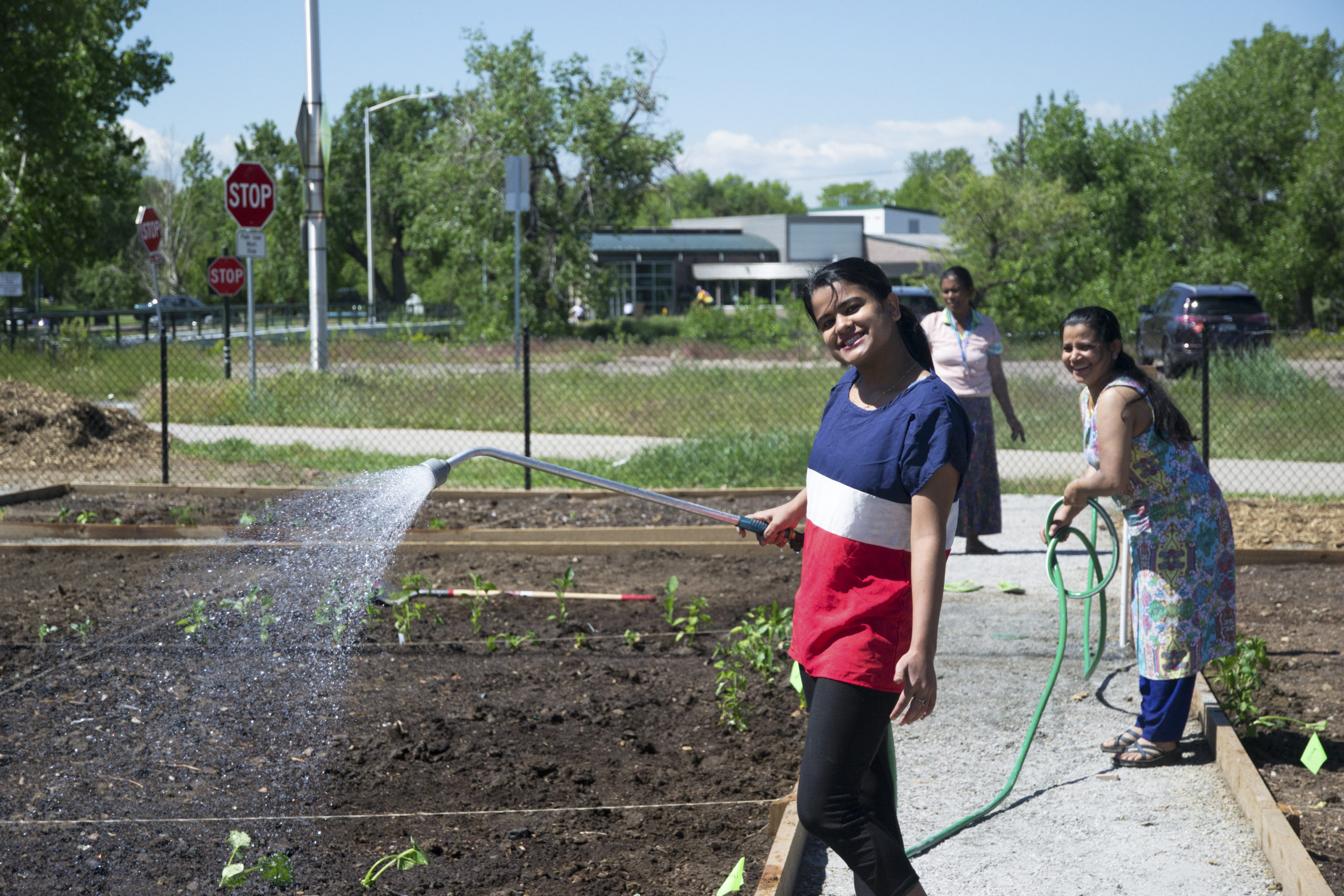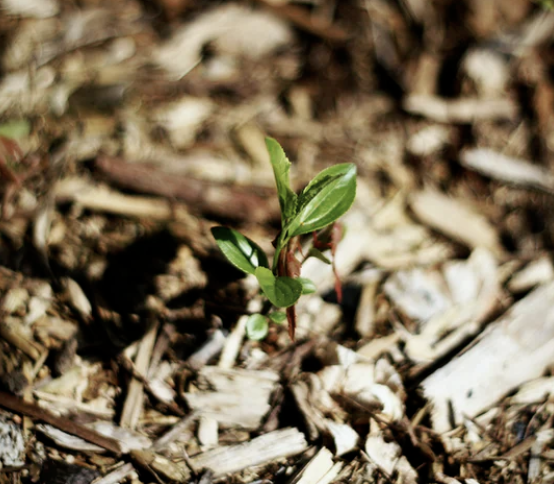Written by Senior Education Specialist Judy Elliott
Looking out my window in early January, I am reminded of past seasons when the desire to put my hands deep into the frozen soil is overwhelming. Even though my ability to do that cherished occurrence is still months away, I continue to realistically welcome each moment of increasing daylight and intensity of the warming sun. Daily perusals of my landscape provide me with affirmations of resilience as I notice the bare whispers of buds on the contorted outlines of succulents whose origins are in South Africa, and are now thriving in Denver.
And I return to the power of dreams as I focus on January.

D | Focus on diversity
The healthiest and most productive gardens mimic healthy communities by bringing together diverse vegetables, herbs and flowers that contribute to the overall strength of growth. Investigate diverse planting styles (permaculture, companion planting (i.e. the ‘Three Sisters’ growing of corn, beans and squash together) that celebrate the wisdom of the ages.

R | Review your garden plans
Remember to rotate garden crops to a different area in your plot (especially important for tomatoes, potatoes, peppers and eggplant. If you haven’t already developed a garden plot plan and incorporate designated ‘walkways’ between rows to dimmish areas of soil compaction around plant roots. Feet do belong in gardens. They just need a place to dance!

E | Encourage participation of others
Be realistic regarding what you like to eat, your life commitments outside of the garden, your abilities to maintain a garden space throughout the season. Utilize the immense fountain of knowledge in a community garden. Develop friendships and lists of people you can turn to for advice.

A | Activate your garden dreams
Join DUG Online to access the creative power of our gardening community. Our virtual commons connects novices and more seasoned gardeners, upcoming events and courses that can further your earth journey.

M | Maintain a base of optimism, based in reality
The ground is frozen, but roots of perennials and trees are actively growing, opening up air channels for diverse soil – dwelling macro and microorganisms to proliferate. Denver’s last frost is typically around May 8th – 15th but early spring crops such as salad greens, radish, green onions, carrots, and beets can often be planted in early April. Note: Water in community gardens is usually not turned on until May.
Celebrate this time of snow, knowing that for every foot of snow on the ground, the soil gains 1″ of usable moisture.
Remember that the best gardeners grow slowly, like a rich compost. Take a walk outside and begin turning over leaves to experience the miracle of emerging crocus, snowdrops and other spring bulbs by the end of the month.




